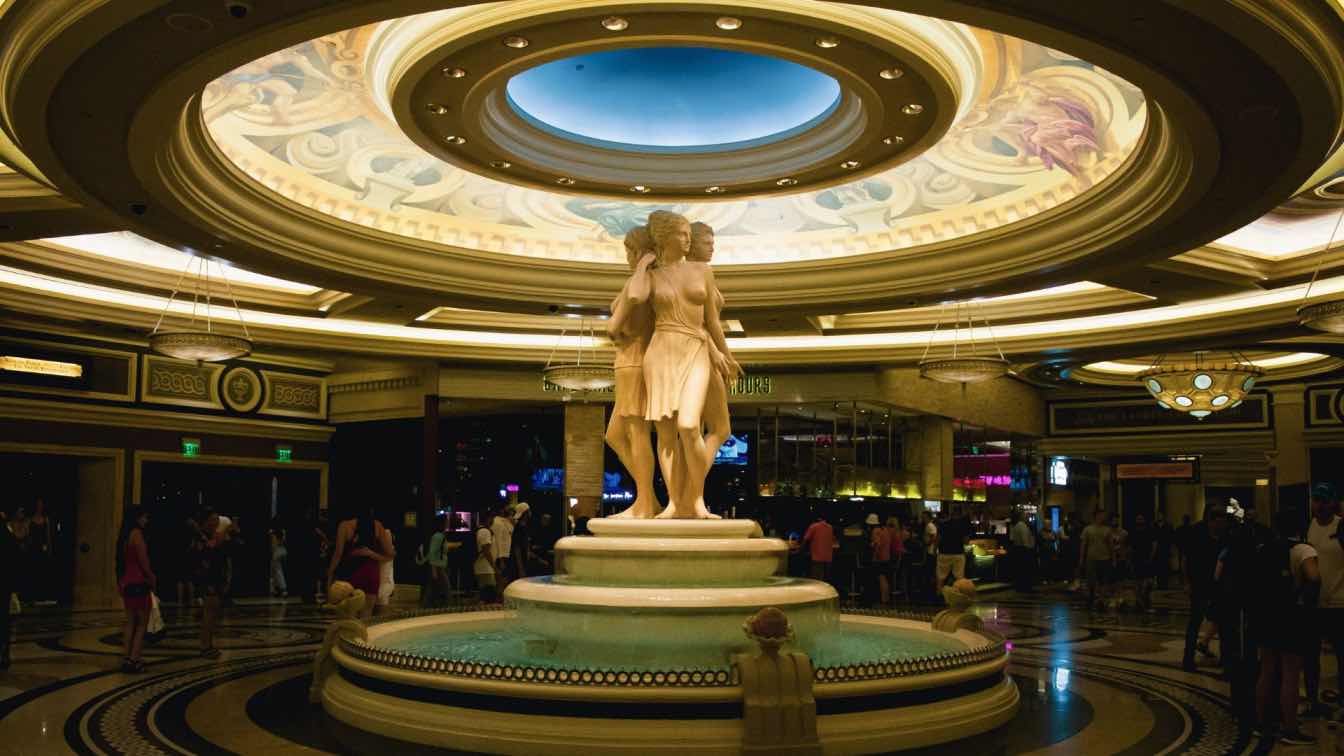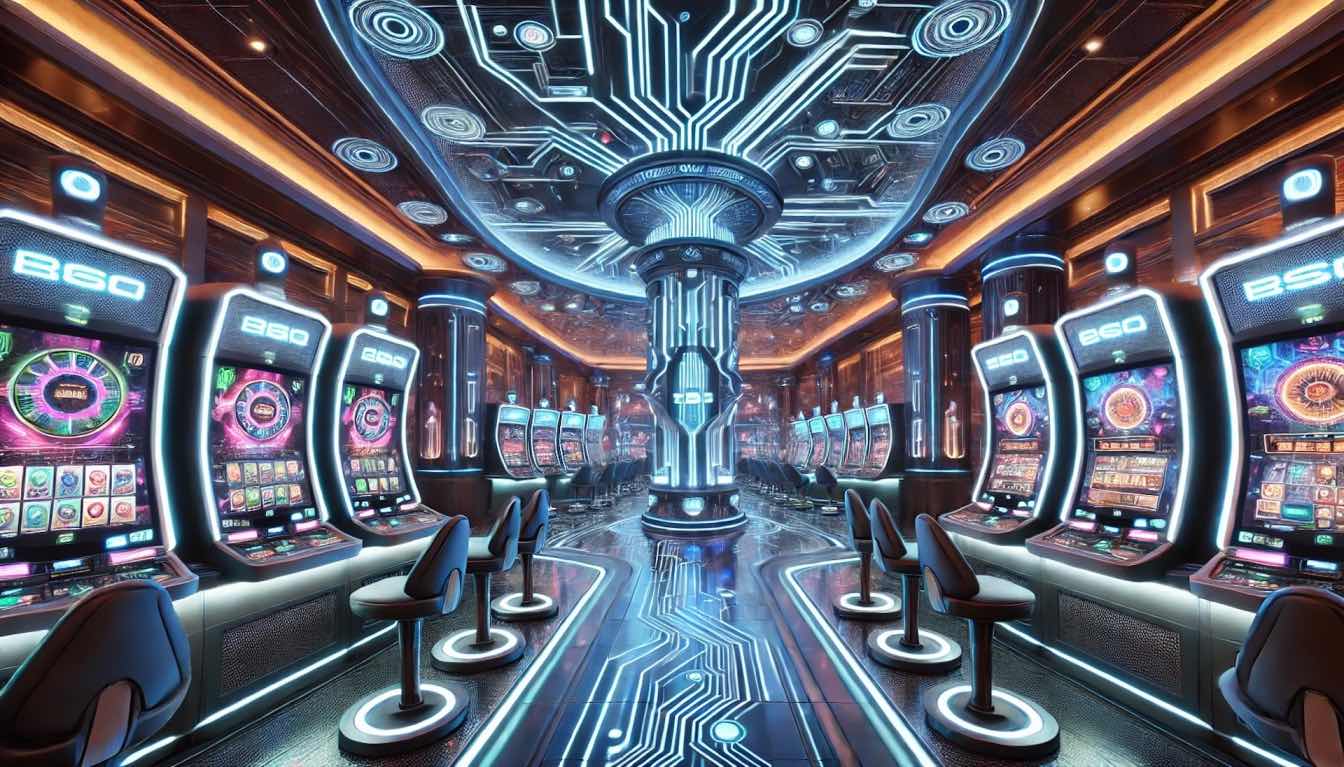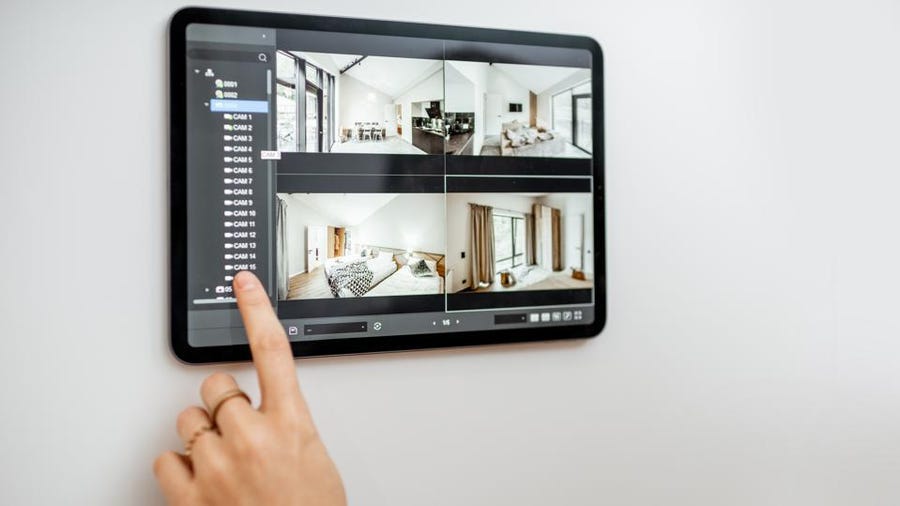Stepping into a casino venue, whether in Las Vegas or Macao, it’s rarely just about the games that shine so brightly. You can often enjoy spectacular architecture, grandiose staircases, gilded columns and chandeliers that spark the magic with their glamour and timeless feel. It’s hard to miss the picture behind this facade that shapes the casino world and makes it unforgettable due to the mix of iconic styles. But, which one prevails – Art Deco, Neoclassical or Beaux-Arts? Let’s explore this and see which style made the biggest impact on the casino landscape.
Beaux-Arts: sign of a grand casino
Beaux-Arts comes from the École des Beaux-Arts, which first appeared in Paris in the 19th century. It was a sign of architectural opulence at its best. What’s specific about it is a unique symmetry, classical elements, lavish decoration and enormous scale. Beaux-Arts gives a sense of an aristocratic feel in the casino world – a top choice for elite visitors.
The Monte Carlo Casino is an iconic representative of Beaux-Arts. It was built in the 19th century by the renowned architect Charles Garnier, the same person who designed the Paris Opera. This place is all about unique design with majestic style, polished sculptures, huge arches, colorful ceilings and a powerful blend of architecture and elegant art.
Monte Carlo was also the first to come up with a design prototype that many venues would follow: a wonderful palace with abundance and leisure that blend together. It’s not only an online casino or gambling hall, but a place to visit due to its traditional touch.
Neoclassical style – mix of order and authority
Neoclassical style is a timeless and structured casino design, tracing its roots back to ancient Greece and Roman styles. Its peak was in the 18th century, standing out with domes, columns, pediments and perfect proportions. When it comes to casino ambiance, Neoclassicism is all about formality, trust and infinity. It conveys a unique symmetry and brings back antiquity and the serious touch.
Another place where you can see neoclassical style at its best is Caesars Palace in Las Vegas. Established in 1966, it’s a place that shaped the world of the Las Vegas Strip, with Roman style, Corinthian columns, marvelous statues and fountains. This creates an image that blows visitors’ minds as they are immersed in this majestic environment.
As for the effect, players don’t only engage in gambling but also enjoy the beauty and wealth of Caesars’ construction. It spices up their experience as it invokes a neoclassical feeling and attracts different types of tourists and those who are interested in architecture and history.
Art Deco – geometrical glamour
Art Deco is a style of sophistication and innovation that first appeared in the 1920s and 30s. It is famous for geometric elements, a stylistic touch and luxurious materials, including gold, chrome and glass. Art Deco is a seamless alternative to the preceding ornate styles. It quickly became loved among the casino audience due to its blend of modern touch and luxury.
American casinos are also known for Art Deco style, with Atlantic City venues representing the best examples. You can see deco-styled buildings with an innovative touch and improved interior design, reminding us of the Roaring Twenties.
Some of the key items of these casinos are golden doors, chevron-styled floors, mirrored platforms and brilliant lighting fixtures. The blend of these elements produces a feeling of perfect escapism that plays a key role for casino visitors.
Comparison of different styles: which one is the best?
Before determining which style works best for casinos, it’s important to consider three elements: longevity, impact and visibility.
Neoclassical style embodies a fantastic power, with its instant recognizability and scale, but it feels outdated and heavy, which might be a no-go for some casino visitors. On the other hand, Art Deco is a synonym for everlasting elegance, thanks to the glamorous touch and beautiful interior. The only drawback is in its subtlety, which becomes overshadowed by more detailed designs.
Beaux-Arts is a pioneer in the design world, connected to the European continent and reflected in the luxurious Monte Carlo casino, a renowned destination worldwide. However, it’s not as common in modern construction, as it requires huge expense in both building and maintenance. This could also be a reason why online casinos are more present, as they save time and money. It costs significantly less to establish an online gambling platform.
This has led to a plethora of sites being created with design as an afterthought, and has left a great many online casinos looking rather drab. It is, however, easy to sort the wheat from the chaff by using AskGamblers, a leading iGaming comparison platform that ranks casinos not just on available bonuses but the platform’s overall design and features.
Neoclassicism dominates, but it’s not alone
Every style has some pros and cons, and its clientele, but it’s hard to ignore the powerful touch of Neoclassical decor. It stands out as the most iconic in the world of casino architecture. Its impact via regal, grand facades, well-rounded interiors and mythological elements makes it the first choice for a large casino fanbase.
Still, it’s hard to ignore the influence of Beaux-Arts and Art Deco, as both bring even more innovation to the casino world, creating a full landscape. While Beaux-Arts provides the blueprint, Art Deco is a sparkle, and we all want to see a well-executed blend of all styles.
The future outlook on casino design
It’s hard to predict future developments in casino design, but we all know how technology transforms the industry at its core and turns casino architecture into something new. We can already witness spectacular moments, such as augmented reality, floors, AI-powered lighting and sustainable items that form part of modern casino projects.
Designers tend to mix historical touch with futuristic ideas, like blending Neoclassical columns with sophisticated LED panels, or connecting Art Deco salons with holographic patterns. The future will probably belong to several styles, fused to leave a particular blueprint for casino visitors.
Verdict
As we can see, land-based casinos are more than pure gambling and entertainment. They are all about drama, fantasy, escapism and openness to new moments and movements. Architecture used to shape the world of casino environments, with Beaux-Arts, Neoclassical and Art Deco playing major roles, but the industry continues to evolve. While these styles left a huge mark, we are still experiencing bold ideas and design visions that will surely trigger a new sense of imagination among interested users.





